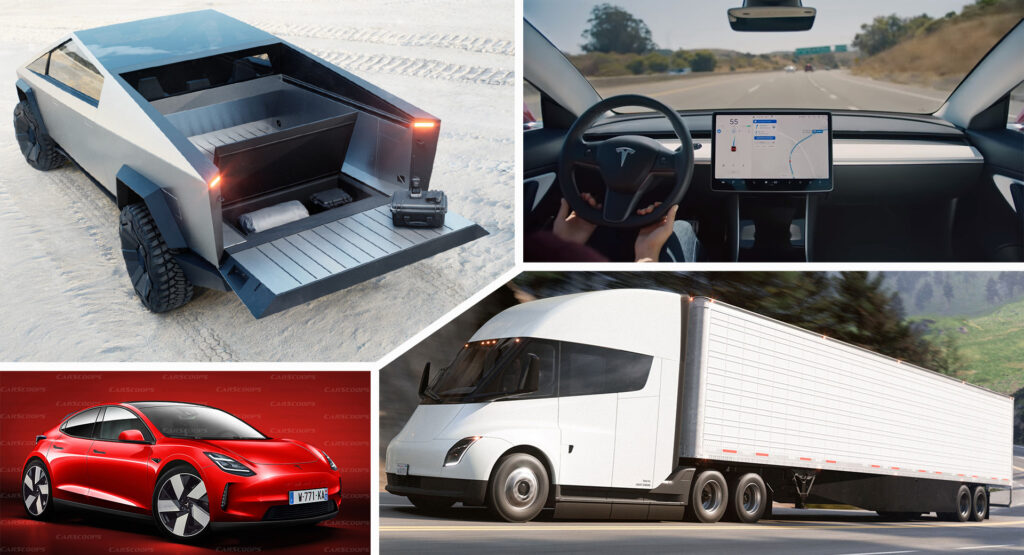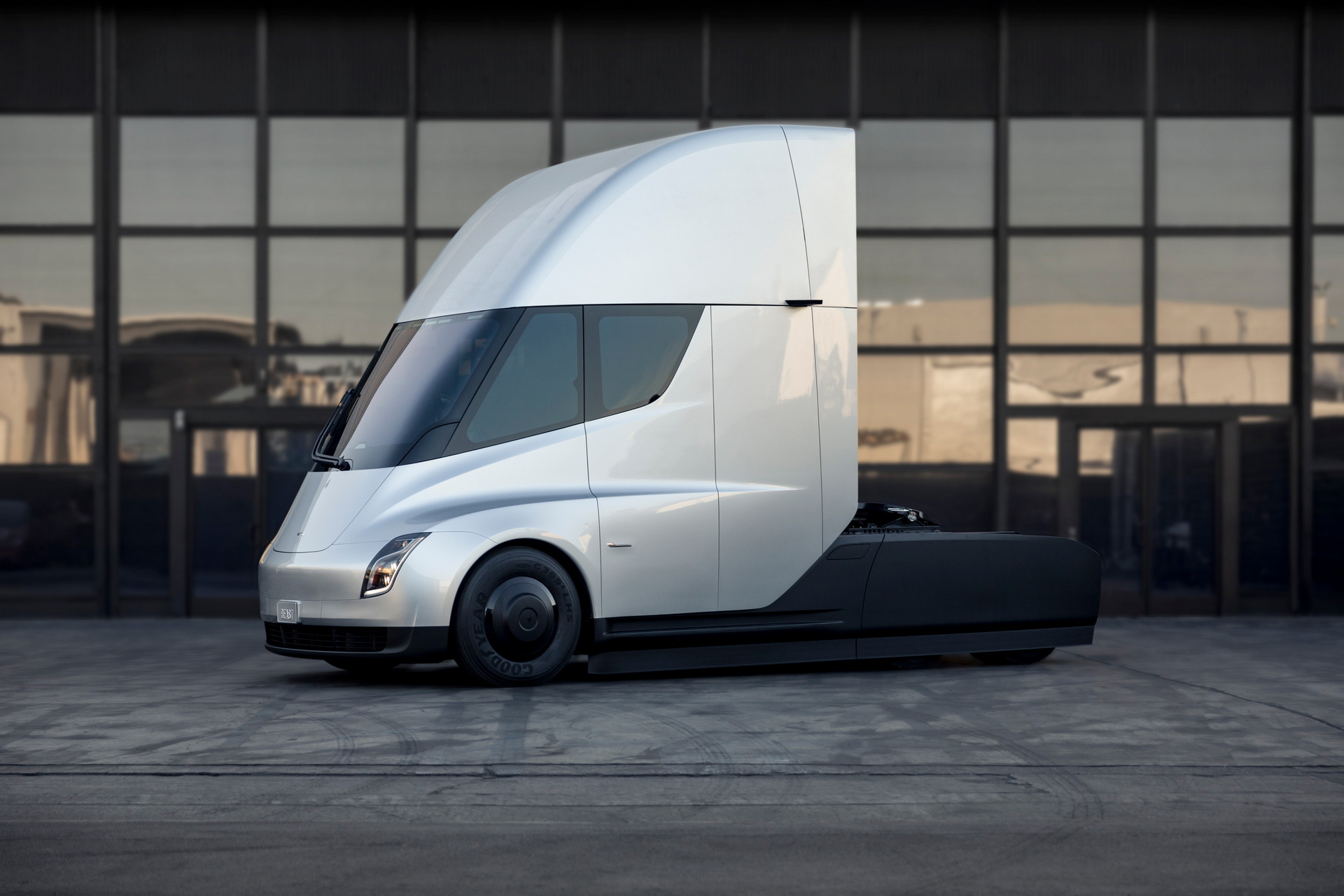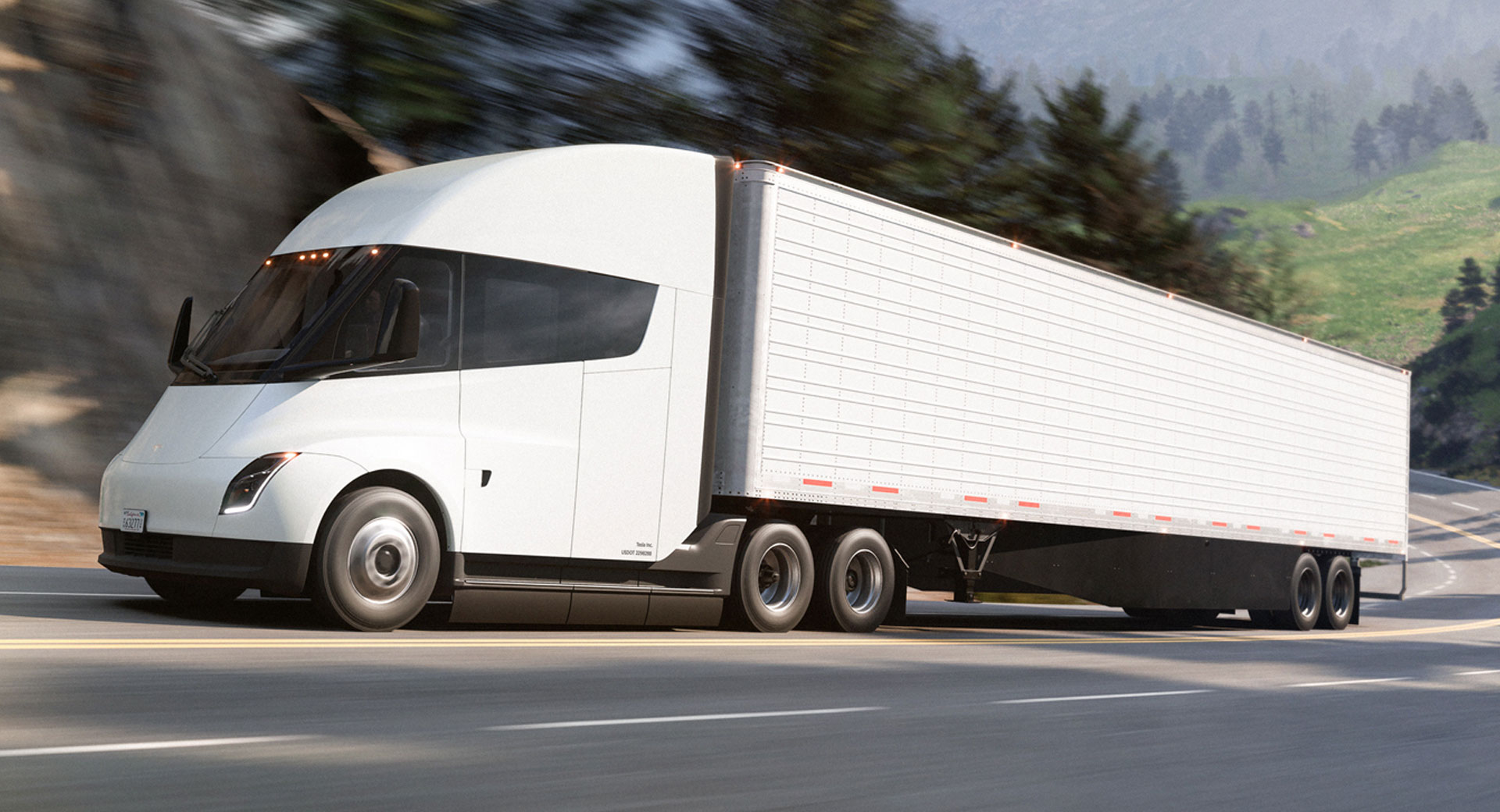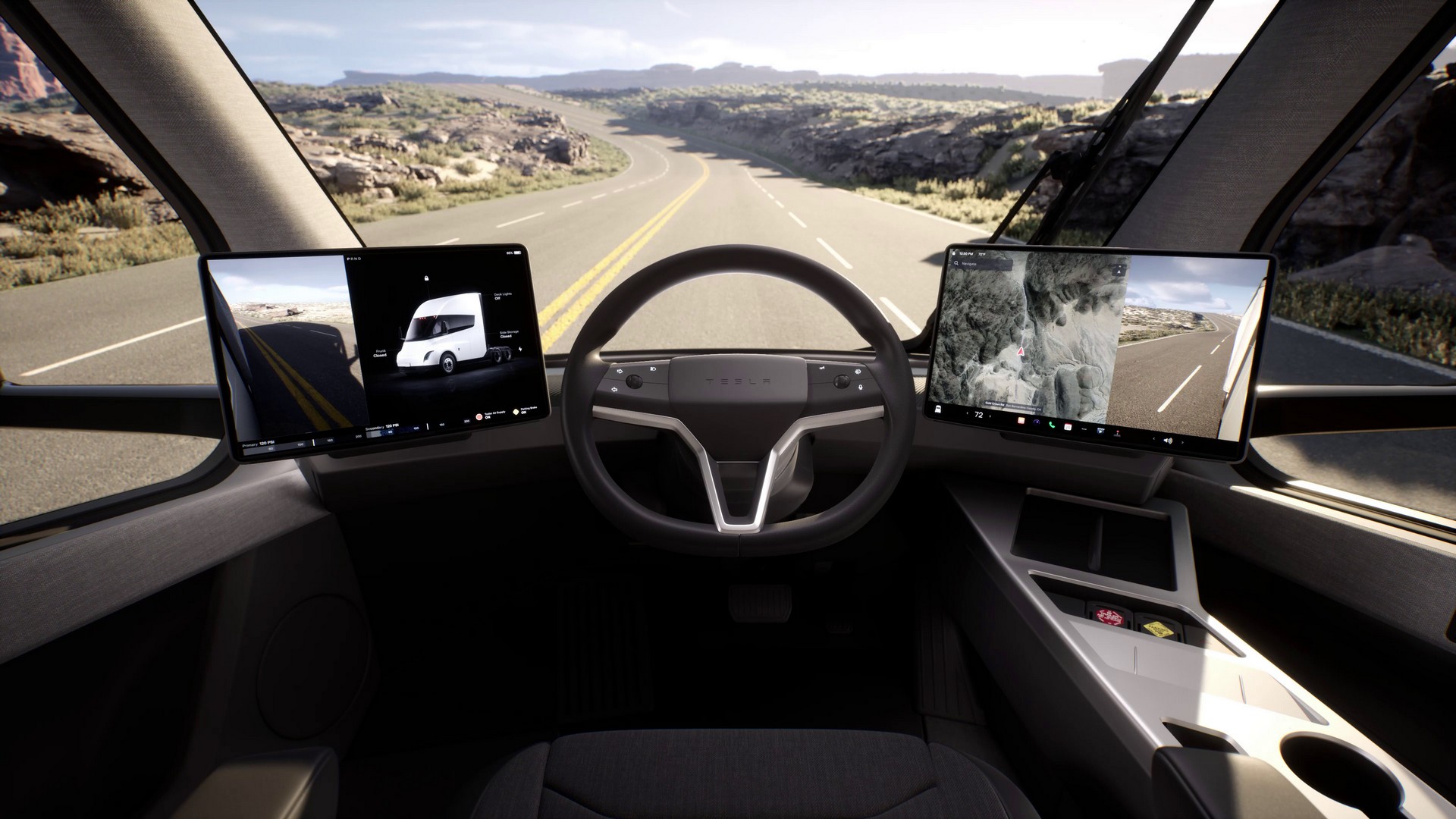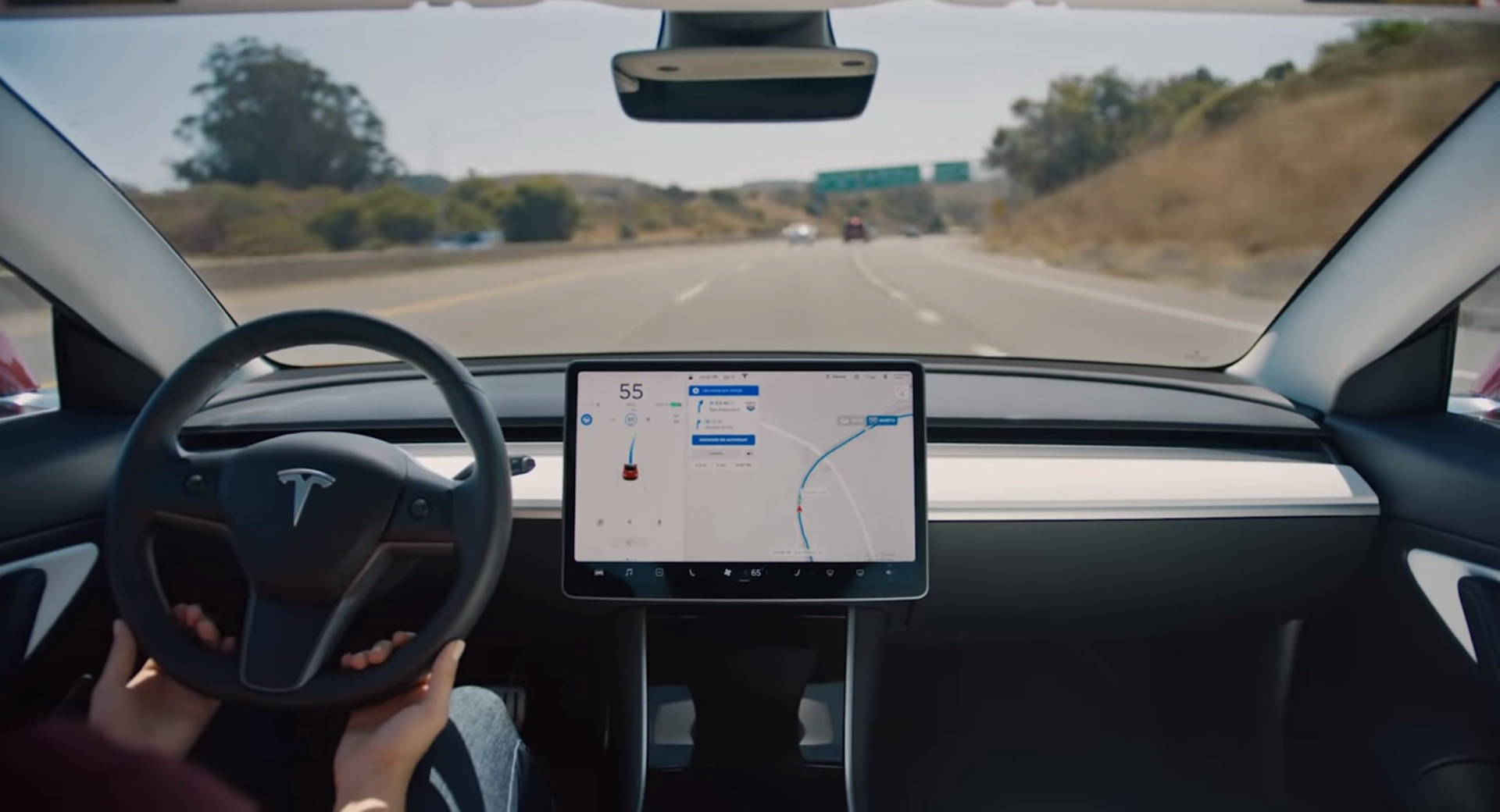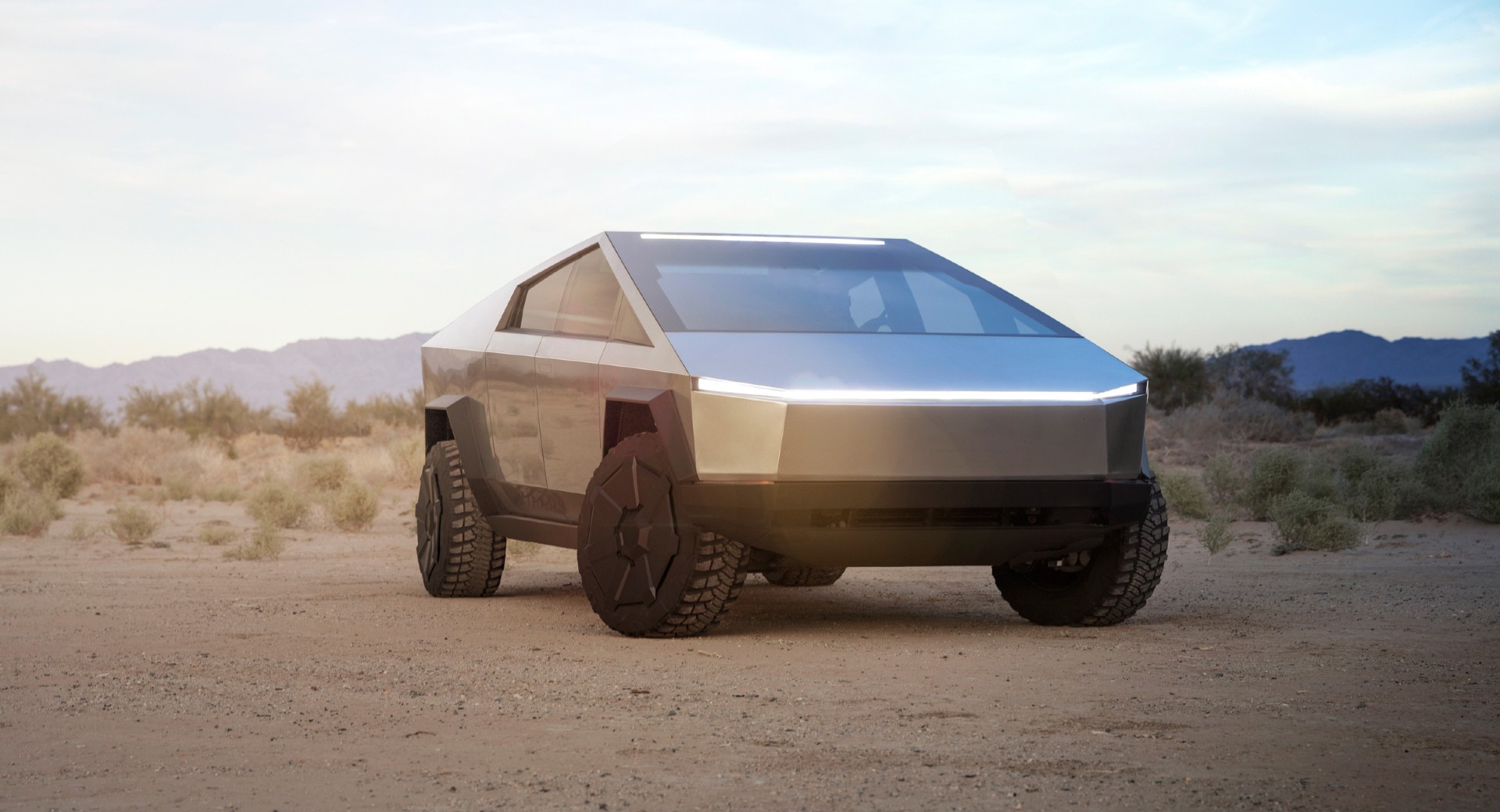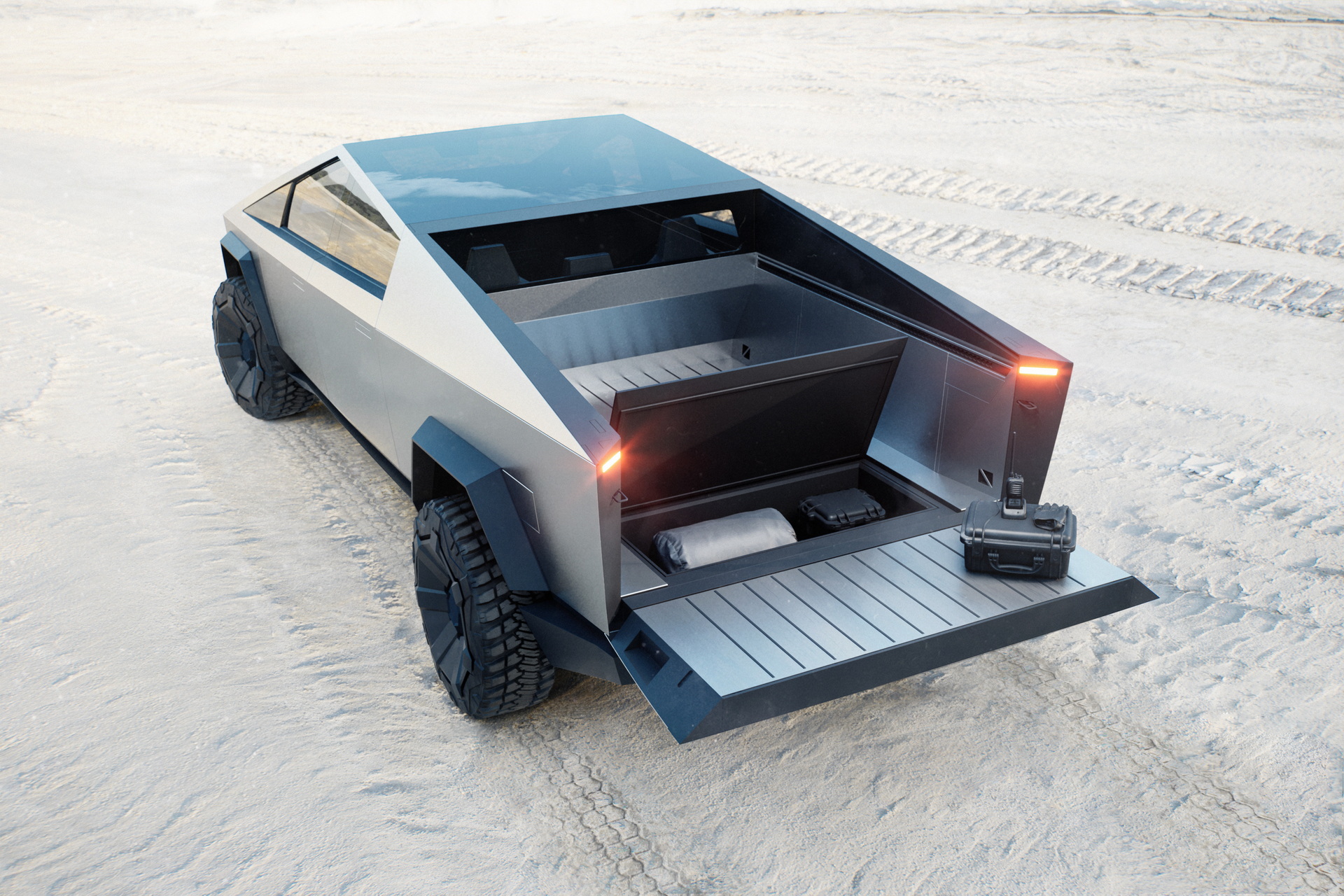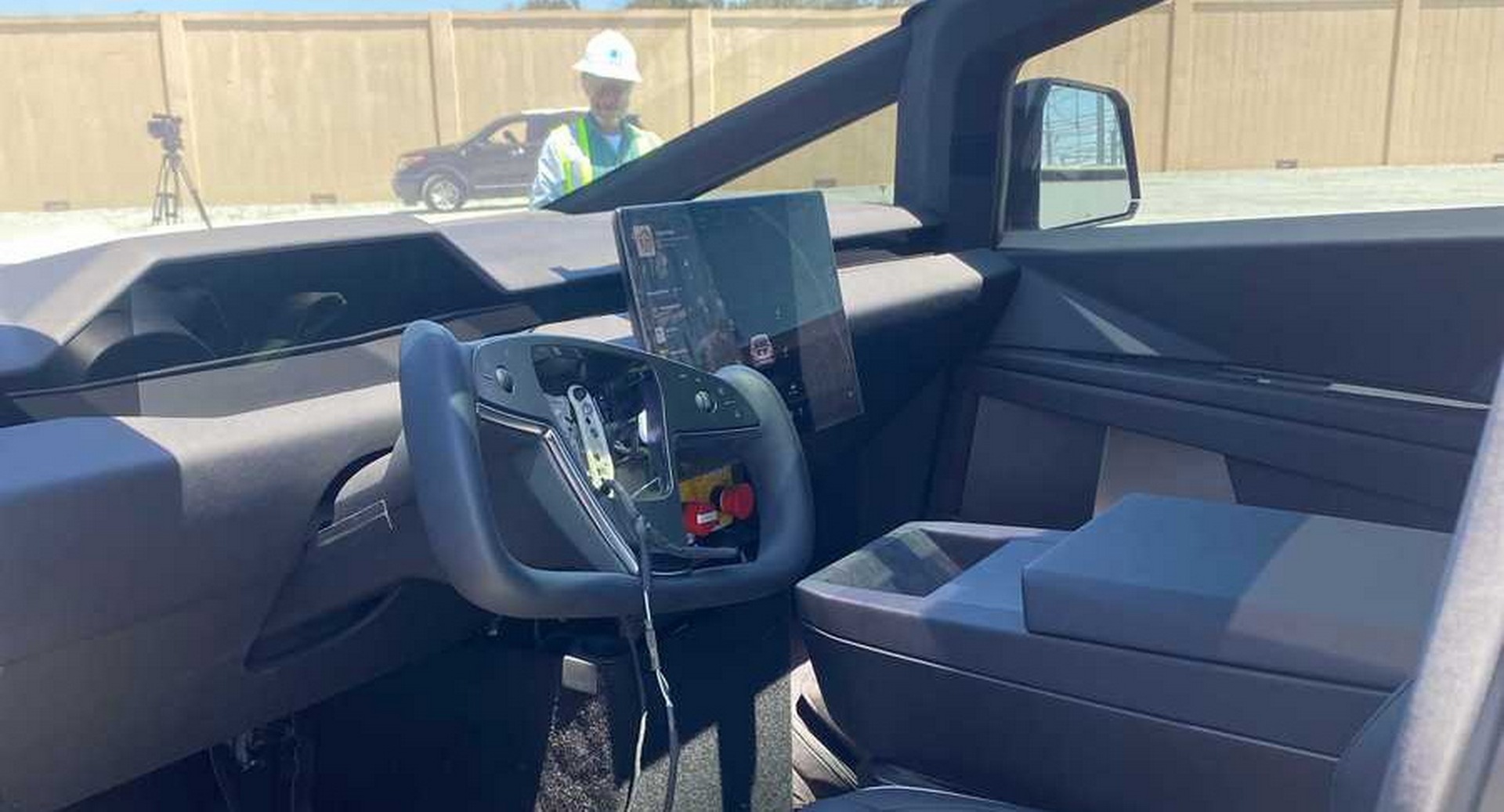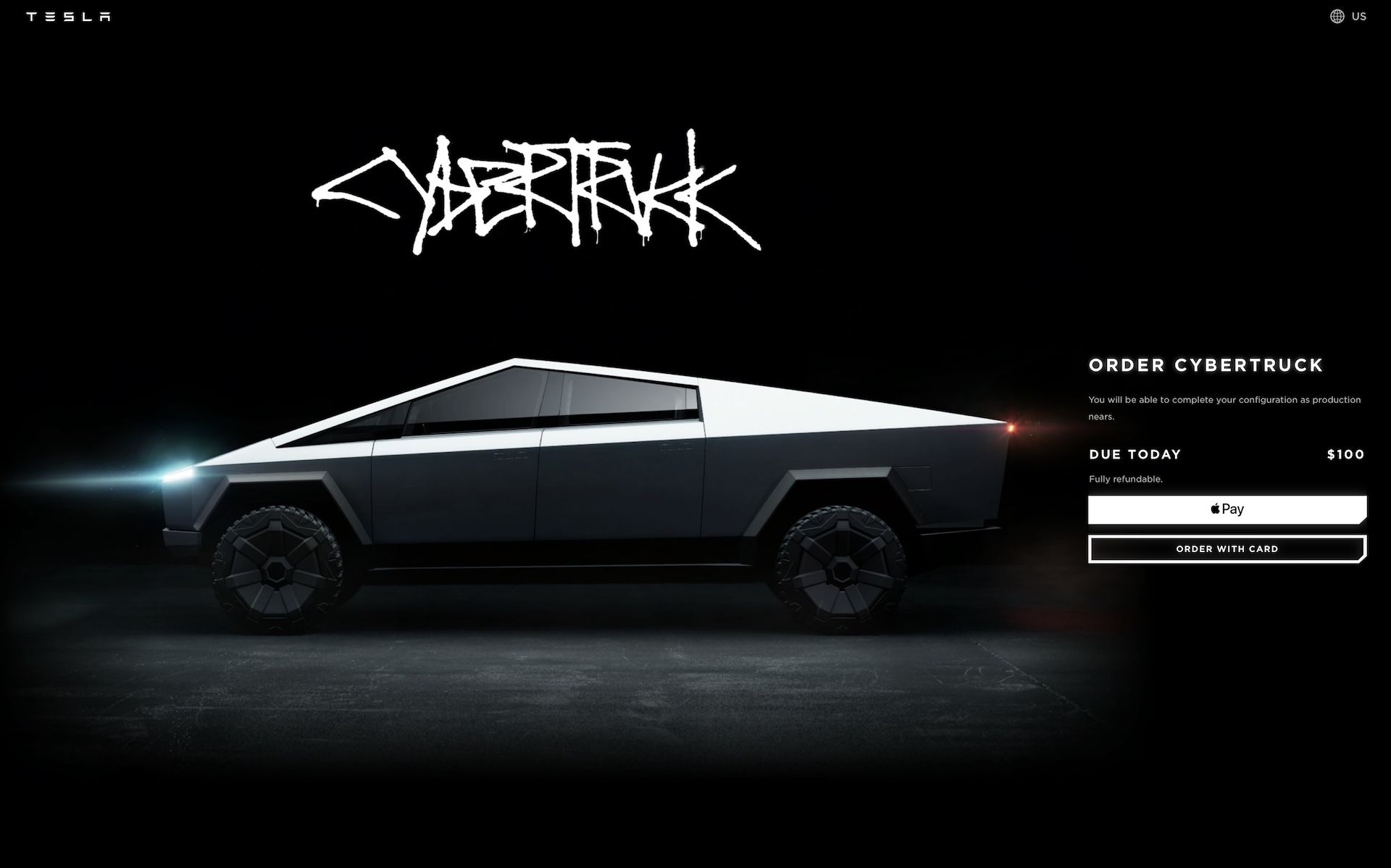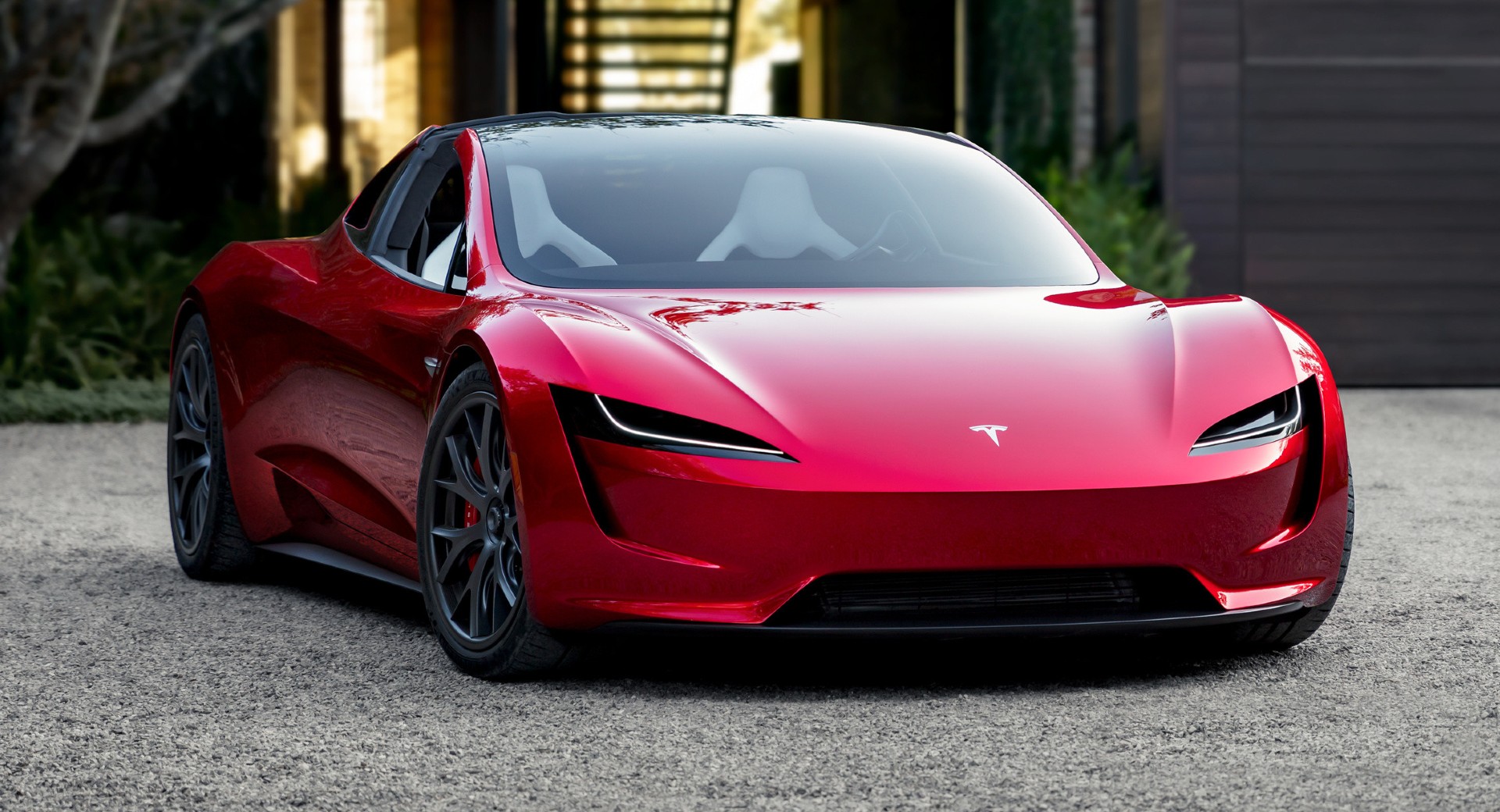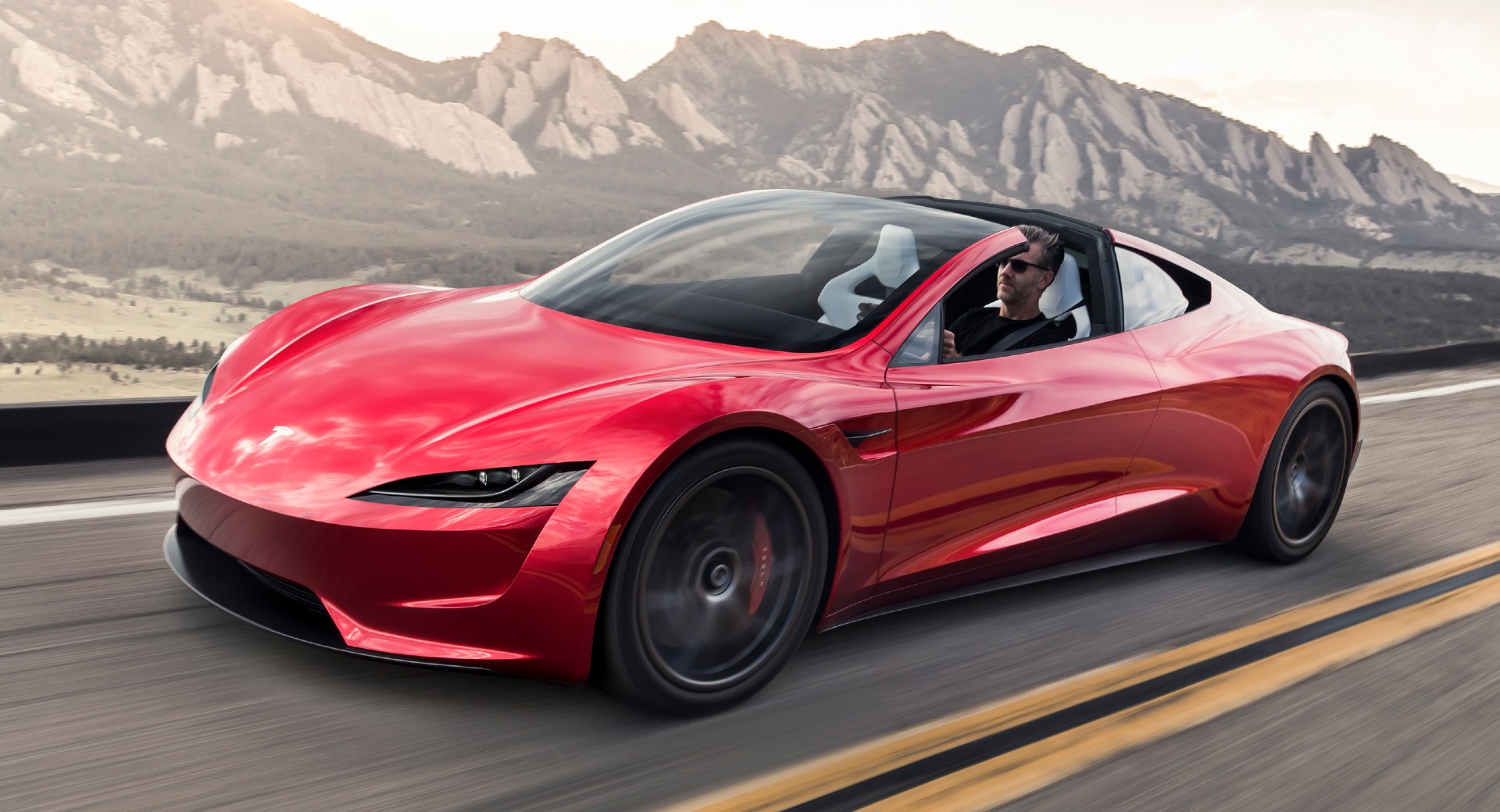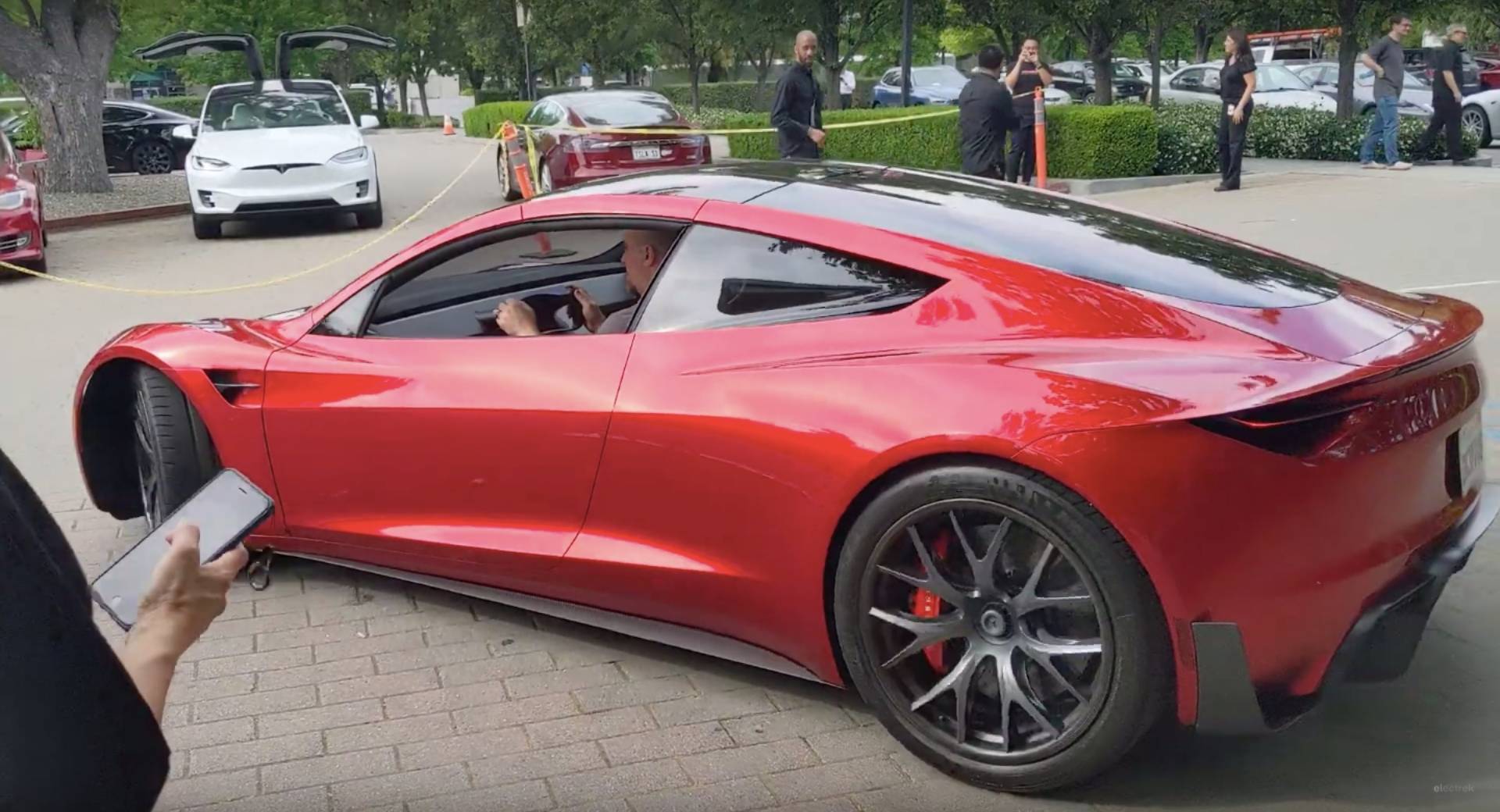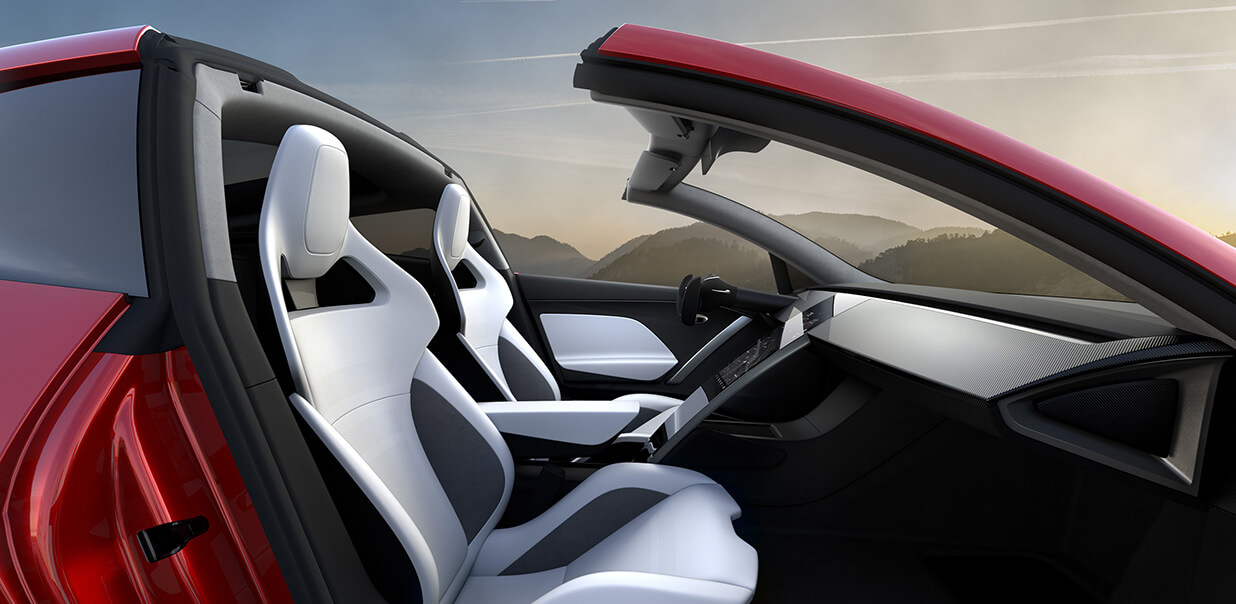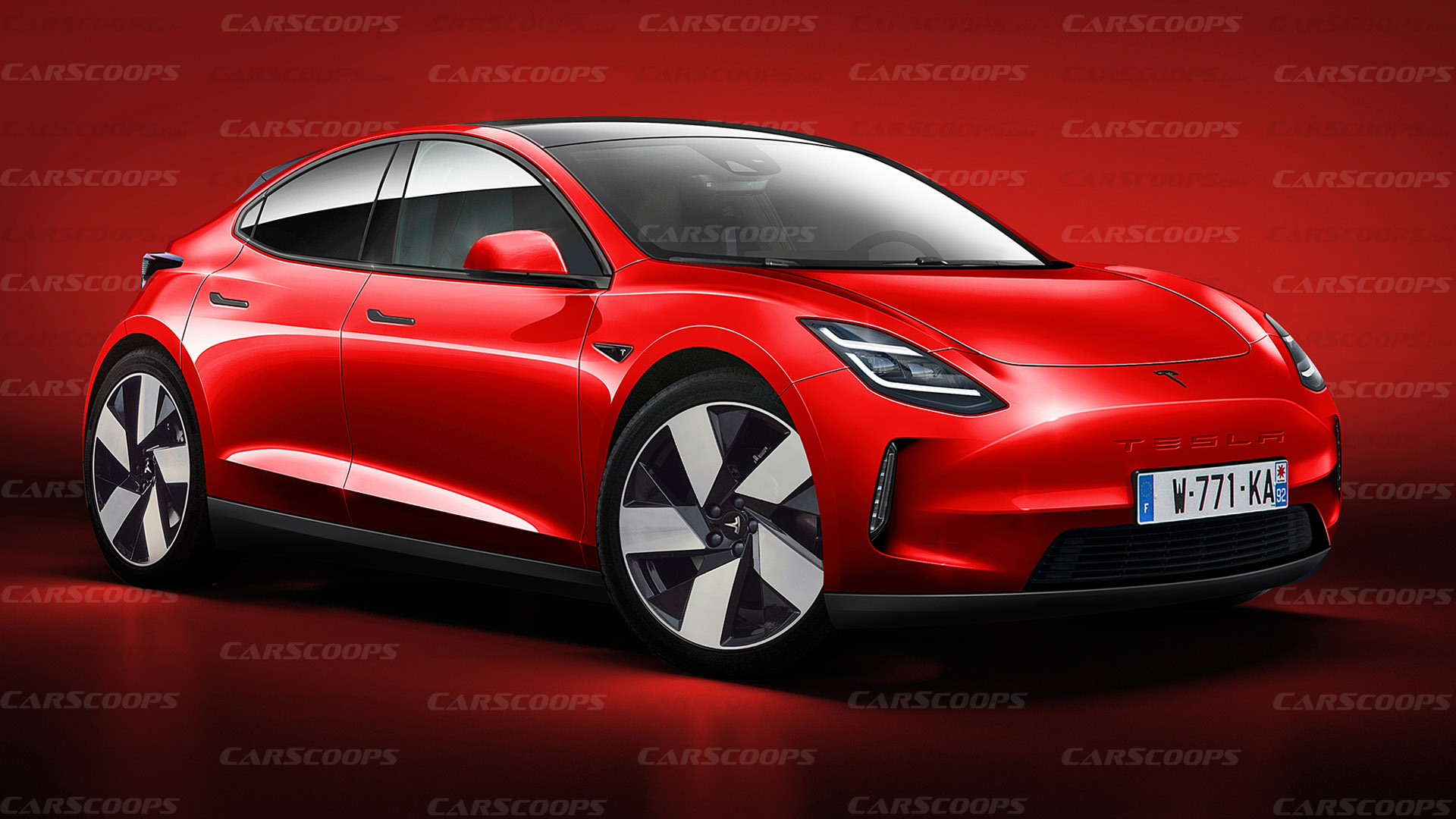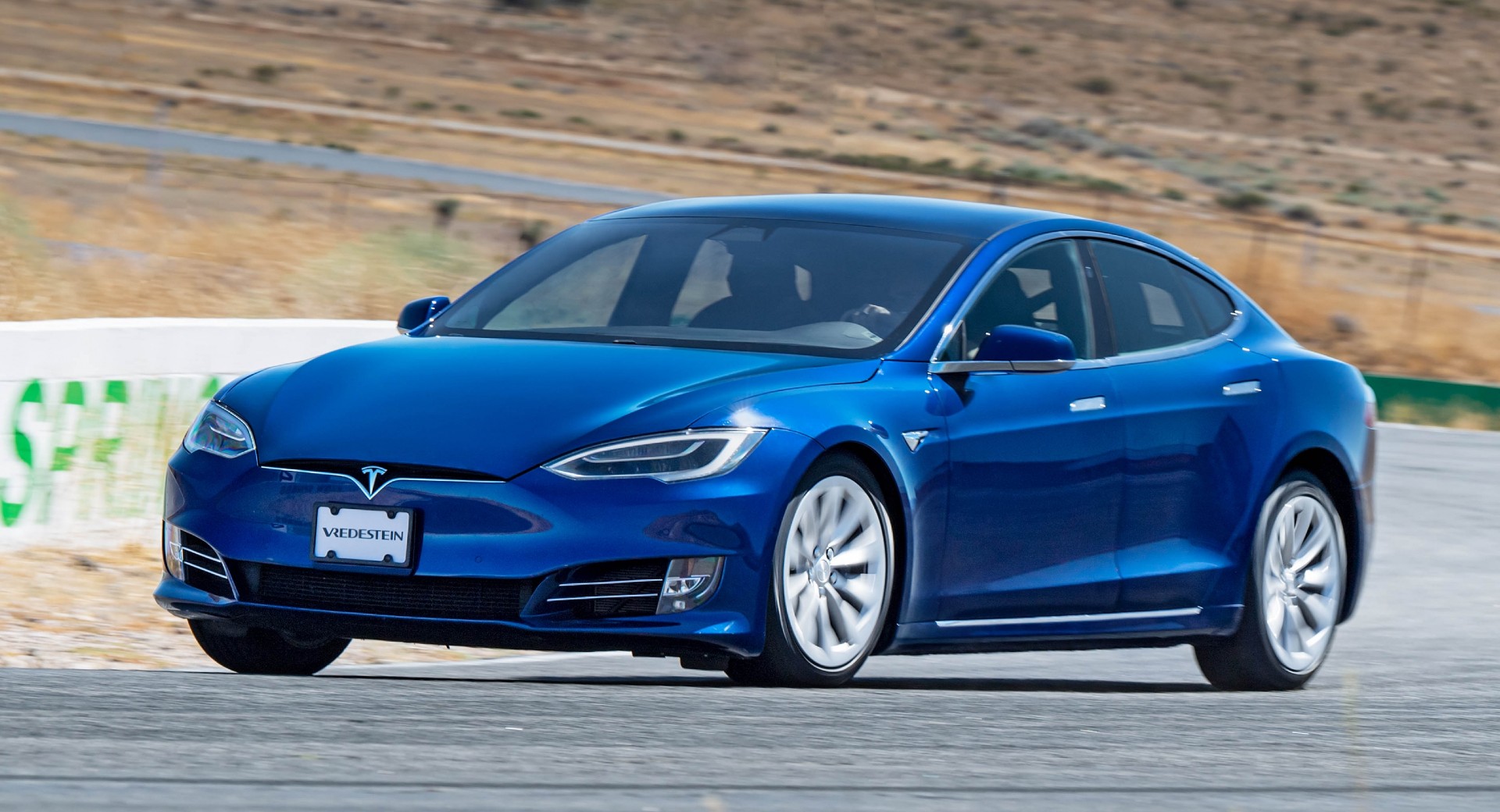In less than 15 years Tesla has gone from a quirky startup selling EV-converted Lotus Elises to a mass-market automaker that has turned the world onto electric power, tops the sales charts in multiple countries and has forced legacy OEMs used to leading the pack to play catchup.
And Tesla shows no sign of stopping there. Most obviously it’s planning to expand its model range beyond a four-car lineup that’s dwarfed by rivals’ ranges, but it’s also expanding into the haulage sector and the sports car and commercial truck markets. Throw in autonomous technology and even humanoid robots that will be first used in Tesla’s factories before being offered for domestic use, and we’re looking at an exciting few years ahead of us. That’s if Tesla’s CEO Elon Musk can actually deliver on his promises.
Semi – December 2022
Related: Electric Truck Stops In 2035 Will Need As Much Juice As A Small Town, Report Claims
Turning car drivers on to electric power is one thing, but persuading long-haul truckers to ditch diesel is far more ambitious. Tesla announced the electric Semi in 2017 and after two years of delays the first examples are finally rolling out of the Austin, Texas plant, and will be in Pepsi’s hands by December 2022.
The zero emissions rig costs between $150,000 and $180,000 depending on spec, is claimed to deliver a range of up to 500 miles (805 km) thanks to its 4680 battery cells, and capable of taking fast “Megacharger” top-ups that will add 400 miles (640 km) of range in 30 minutes. Tesla also claims the Semi can thunder from zero to 60 mph (96 km/h) in 20 seconds while hauling 80,000 lbs (36,290 kg), and an insane 5 seconds unladen. We’re already looking forward to watching some truly zany YouTube drag race match-ups in 2023.
Full-Self Driving – December 2022
Tesla’s next big news for winter 2022 is the rollout of its Full Self-Driving (FSD) Beta program to anyone who wants it. Although Tesla has allowed members of the public to test its autonomous system on their own cars, the program was restricted to fewer than 10,000 people. But Tesla has vowed to make it available to all before the end of 2022.
That news should calm the fury of some Tesla owners who are angry at being persuaded to part with thousands of dollars for self-driving capabilities they haven’t been able to enjoy. But it definitely won’t be welcomed by safety advocates like Ralph Nader, who described the system as “dangerous and irresponsible.”
FSD is Tesla’s top autonomous technology and sits above the entry level Autopilot system, which is standard on all cars, and the $6,000 Enhanced Autopilot that adds features like automatic parking, automatic lane change and Smart Summon. Following several price increases, FSD costs $15,000 or can be paid for via a monthly subscription.
Cybertruck – late 2023
It’s either the poster truck for the Incel community, a pre-schooler’s attempt at drawing a BMW X6 or the coolest, boldest American vehicle ever built, depending on who you ask. But the one thing we can all agree on us that it’s impossible to be ambivalent about the Tesla Cybertruck.
Tesla’s pointy pickup was announced in 2019 and originally slated to go on sale in late 2021, but like most of Tesla’s promises, that schedule slipped back. Production at the Austin Texas Gigafactory is now not expected to start before the middle of 2023.
Which isn’t that far off, yet we know almost nothing about the finished spec or how much the Cybertruck will cost. Tesla had previously published power, performance and pricing figures, claiming that the truck would start at $39,900 for a single-motor rear-wheel drive model, but earlier this year Elon Musk stated that the final specification and pricing will be very different to what was announced in 2019. It’ll certainly be more expensive, Tesla having admitted as much, and blaming inflation and other issues for the still-undisclosed cost increase.
There’s no mention on the current Cybertruck retail page about drivetrain options but it does say that the pickup has a 3,500 lbs (1,588 kg) payload, a 100 cu-ft (2,832 liter) lockable load bay, can haul up to 14,000 lbs (6,350 kg) and features a stainless steel structural skin and armored glass. It also claims the Cybertruck can get to 60 mph (96 km/h) in as little as 2.9 seconds and travel up to 500 miles (805 km) on a single charge. But since those claims were the same ones made back in 2019 we’ve no idea if they’re still valid.
Roadster – probably early 2024
If the constant delays to the Cybertruck are beginning to make you think it’s all smoke and mirrors, the Roadster takes vaporware to an entirely new level. Musk tweeted in 2016 that a second generation Tesla Roadster was in development, and a physical car appeared as a surprise add-on at the 2017 Semi launch. It would be on sale by 2020, we were told, but that’s now looking like 2023, and who’d be surprised if that slipped to 2024?
As with the Cybertruck, we’ve got no concrete specs to go on, only what Tesla announced a few years back when Elon Musk claimed the retractable-hardtop two-plus-two Roadster would have a triple-motor powertrain and all-wheel drive, and would travel 620 miles (1,000 km) on one charge of its massive 200 kWh battery. Musk also claimed that the sports car would hit 60 mph in 1.9 seconds, do the standing quarter mile (400 m) in 8.8 seconds, reach 250 mph (402 km/h) and cost from $200,000. But in the wake of absurdly quick newer EVs like the Rimac Nevera we’d expect the finished Roadster to be both faster from a standing start and more expensive.
Model 2 baby EV – 2024 or 2025
Related: Everything We Think Know About Tesla’s 2025 Model 2 EV
The slowest and most sensible of Tesla’s upcoming new vehicles, but arguably the most interesting and important, is the sub-Model 3 baby EV, seen above in our unofficial artist’s rendering. Originally pitched as a $25k EV that would appear in 2023, we suspect inflation and delays caused by supply issues and Tesla’s usual overambitious timescales means it’ll be a $30k car and won’t make its debut before 2024.
The secret to the low price is a brand new EV platform that Tesla says makes the baby car half as expensive to build as a Model 3 or Y. “It will, I think, certainly exceed the production of all other vehicles combined,” Musk said on a recent earnings call. Again, we have no official confirmation about technical makeup, but Autocar previously reported that the baby Tesla will offer a WLTP range of at least 250 miles (402 km).
Tesla Model S – 2027?
The Model S, Tesla’s first “proper” car, was launched in 2012, and it was truly revolutionary at the time. But so was paying for stuff with your phone. A decade is eons in car terms, and there’s still no sign of an S replacement. You might argue that Tesla’s constant range, performance and on-board technology updates mean it still holds its own against newer opposition like the Porsche Taycan. And when the FSD software becomes available to all drivers at the end of this year, it will have something Porsche can’t offer. But it’s looking like the S could reach its 15th birthday before it’s finally retired, and by then it might really struggle to look fresh beside much younger opposition.




